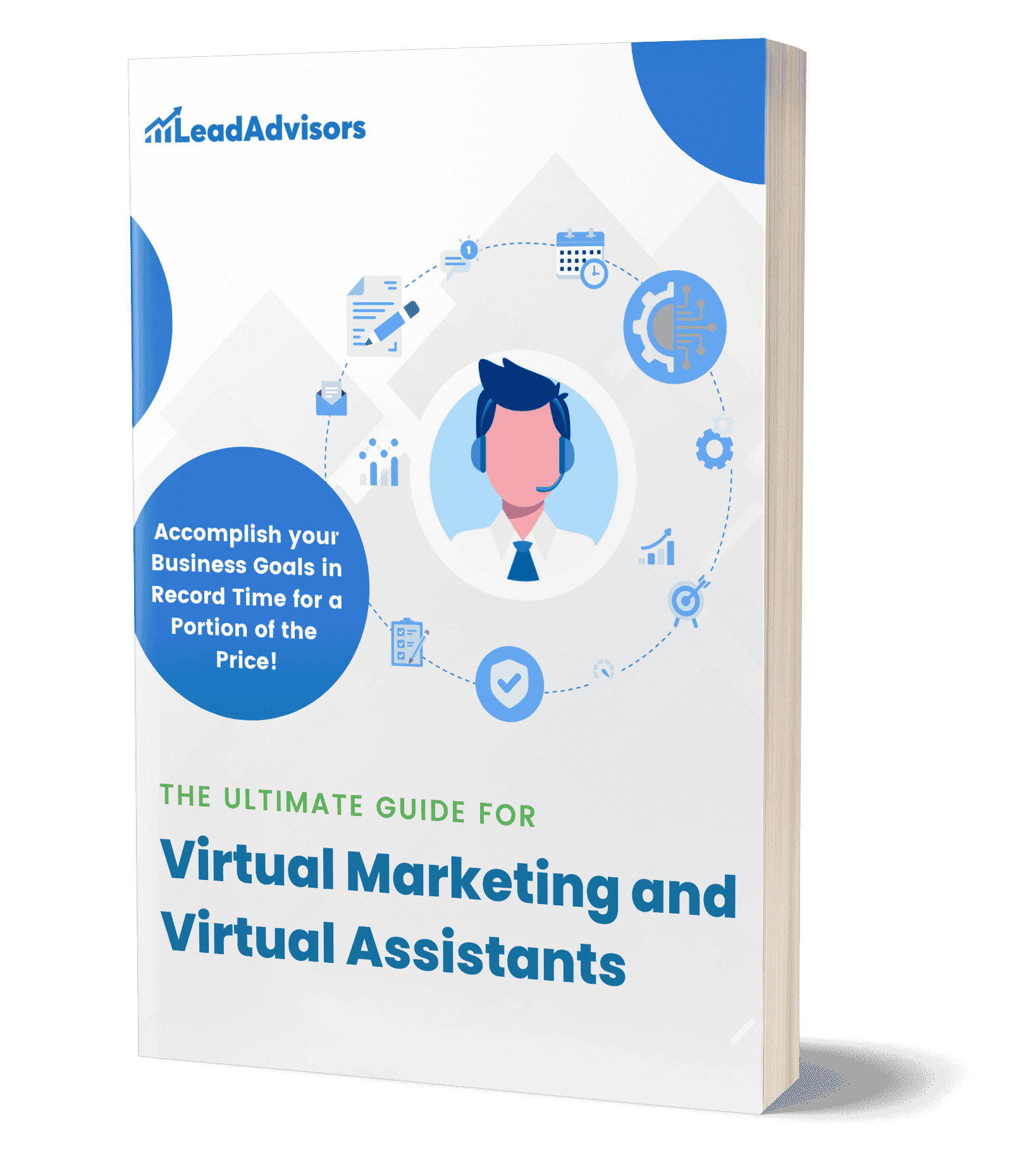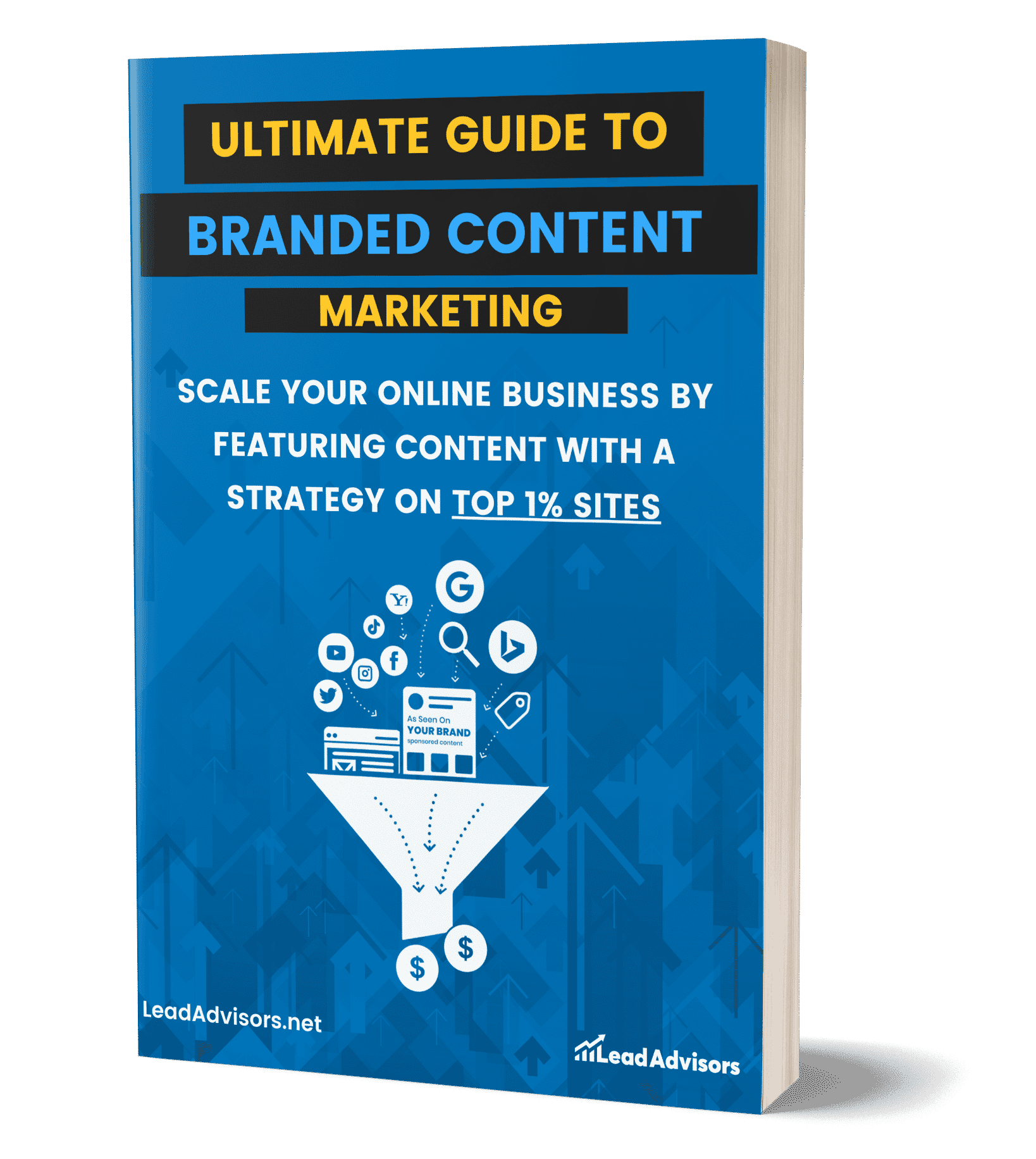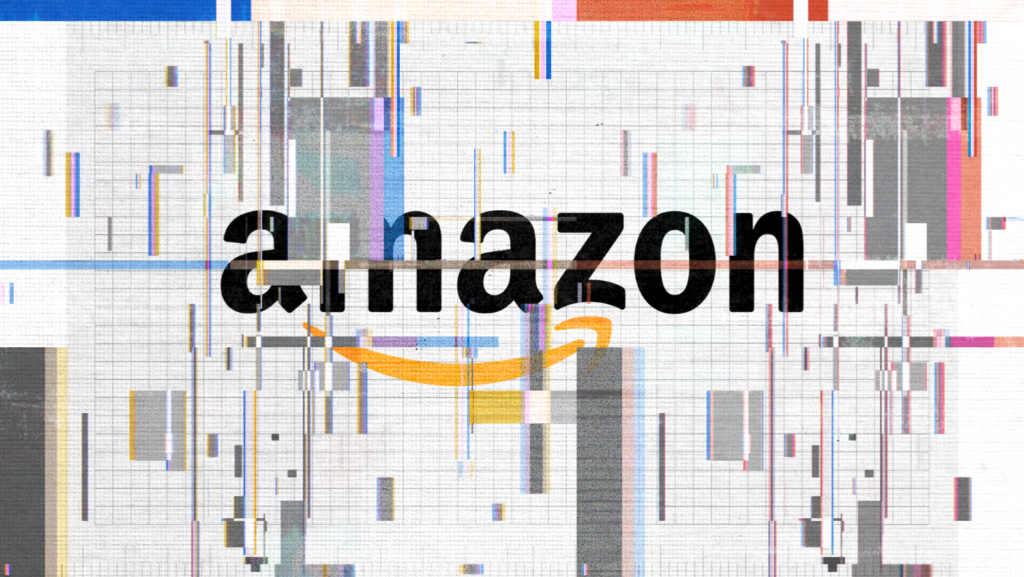Workforce Management Call Center solutions are an essential factor in any new-age contact center. In 2025, customers expect digital touchpoints and operational specifics.
At the core, tactical planning, forecasting, scheduling, and real-time agent and queue management are involved in meeting service-level goals in the call center environment. But in today’s landscape, it’s about so much more than that; it drives a center’s flexibility, productivity, and customer satisfaction scores.
Why is it more important than ever? In 2025, businesses are transnavigating a labyrinth that includes increasing customer expectations, AI-powered customer journeys, and an omnichannel playing field that ranges from live chat and social to SMS and voice. Traditional staffing just isn’t doing the trick anymore.
When it’s done right, WFM is a triple win:
- With the new workforce model, customers get speedier, customized service.
- Workers are more empowered and less stressed, and
- Leaner operations and cost management mean more for organizations.
In this guide, we will explore how to achieve Workforce Management Mastery beyond 2025 in your call center management strategy.
What is Call Center Workforce Management (WFM)?

Because, you see, I think of Call Center Workforce Management (or WFM, if you are down with the acronyms) as really nothing more than a fancy way to say how we plan, schedule, and control our agents so that we can get stuff done with as little likelihood of screwing it up as possible.
Phone calls, live chat, email, even too-casual “how ya doin’?” 2 a.m. social media DMs (you know)?—From managing all of it to panic-stopping WFM hack, a strong WFM strategy is the jam that’s holding it all together.
It’s kind of like a thought experiment: I have some days when I have the right agents at the right time, and it’s all the click of a mouse. Those customers are not hanging or waiting, my team isn’t out in the weeds of tickets, and I’m not flushing dollars down the toilet by ensuring too many are staffed. It’s all the most excellent WFM setup will allow – it’s how I keep my team lean and my service levels trim.
And so, how do they stick themselves together? So there’s a fundamental equation that I’ve sort of colloquially and informally used to describe the workforce management cycle:
| Stage | Description |
| Forecasting | Leverage past data and trends to forecast the call volume and activity. |
| Planning | Find the optimal number of salesmen so that you meet the targets without overspending. |
| Scheduling | Equilibrium trade-off of coverage and agent preference, availability, and skills. |
| Intraday Management | Adjust on-the-fly to anything that comes your way, from callouts to traffic spikes and everything in between. |
| Analytics | Review agents’ performance and service levels to determine what worked and what did not. |
| Engagement | Motivate and retain with tools such as shift bidding, performance feedback, and flexible scheduling. |
But trust me, when you have the right workforce management tools and software in place, everything is so much easier. I’m referring to smoother scheduling, better forecasting, and far less guesswork. It’s what makes people like us – contact center managers – able to have the control we need to keep everything on track day to day and stay out in front in the long term.
At the end of the day, it all comes back to this: when your WFM strategy is working well, your agents are happier, your shifts are filled, and your customers? They like calling people up, really.
Why Workforce Management Matters
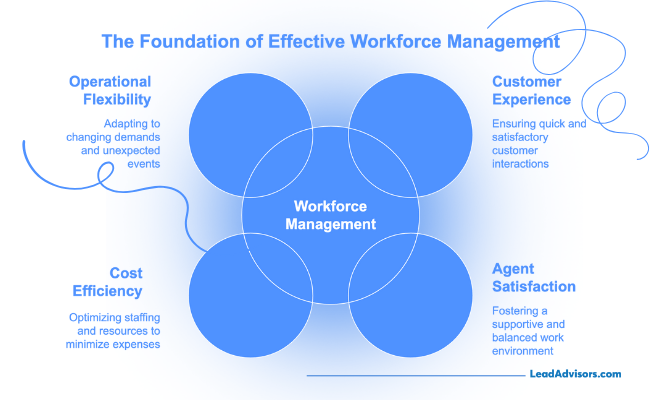
Let’s face it – Workforce Management is no longer just a backroom effort. In 2025, it’s in the middle of the table. Whether you oversee a call center or busy contact centers, the stakes of having the right WFM strategy are too high.
Here’s why it’s more important than ever:
Better Customer Experiences
No one enjoys sitting on hold for what seems like forever. Running Over the WFM Jump. When you can use your WFM configuration to achieve the proper ratio of contact center agents to customer demand, the roads are much less bumpy. Calls are answered quicker, chats are resolved faster, and your customers leave with a smile. That’s a win.
Happier Agents = Lower Turnover
Good center workforce management is not just about matching available hours with demand. It’s the ability to understand agent preferences, fairly balance workloads, and give your team a little breathing room. When your agents feel supported, they stay longer, and your entire team is stronger.
Lower Costs Without Cutting Corners
And with the proper workforce management solution, you can manage staffing levels without overextending yourself. Use tools, such as shift bidding and skills-based routing, to place the right people in the right seats quickly and without breaking the bank.
Flexibility for the Real World
Things change fast. One minute you’re in the eye of the storm, the next it’s all hands on deck. A solid intraday management strategy enables you to pivot when call volume spikes or someone’s sick, without blowing up your day.
At the end of it all, good workforce management helps you deliver a happy customer, an engaged and fulfilled team, and costs under control. It isn’t just a system—it’s your secret weapon for smarter growth.
Core Functions of Workforce Management
We’d like to be truthful – workforce Management is more than just schedules and spreadsheets. It is about helping your team remain prepared, flexible, and focused in a fast-moving environment. The framework of a WFM system has several critical components that work in concert to keep things moving, such as clockwork.
Let’s break them down:
A. Forecasting Demand
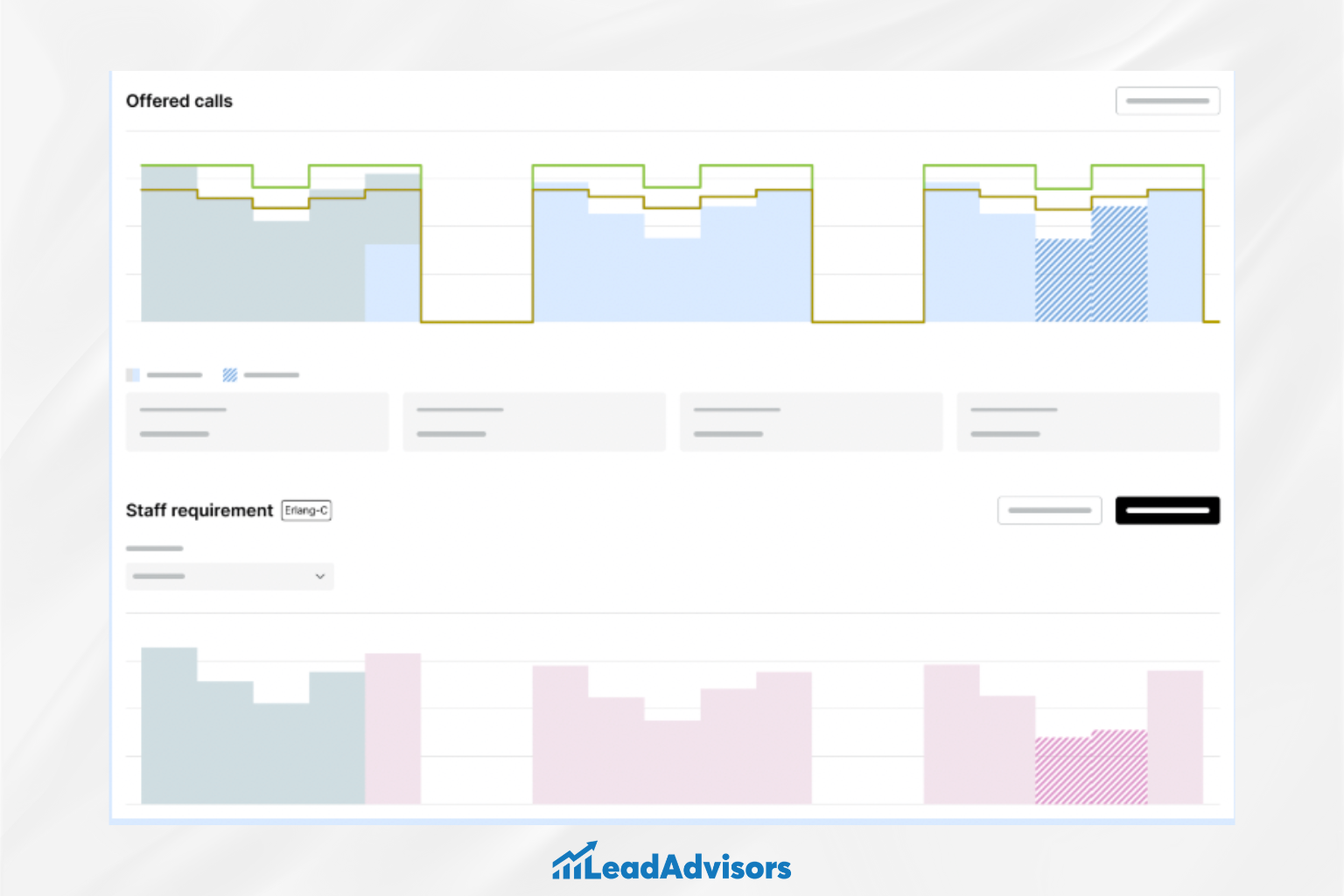
This is where it all starts. “You have to expect what’s coming.
If you start by analyzing historical data and current trends, as well as relevant outside influences (like promos or holidays), you can predict upcoming call volume and customer demand. With AI-driven forecasting, you’re not guessing – you’re planning with percent confidence.
This keeps you from the disaster of being understaffed, or the waste of money when you have too many agents clocked in during quiet times.
B. Scheduling
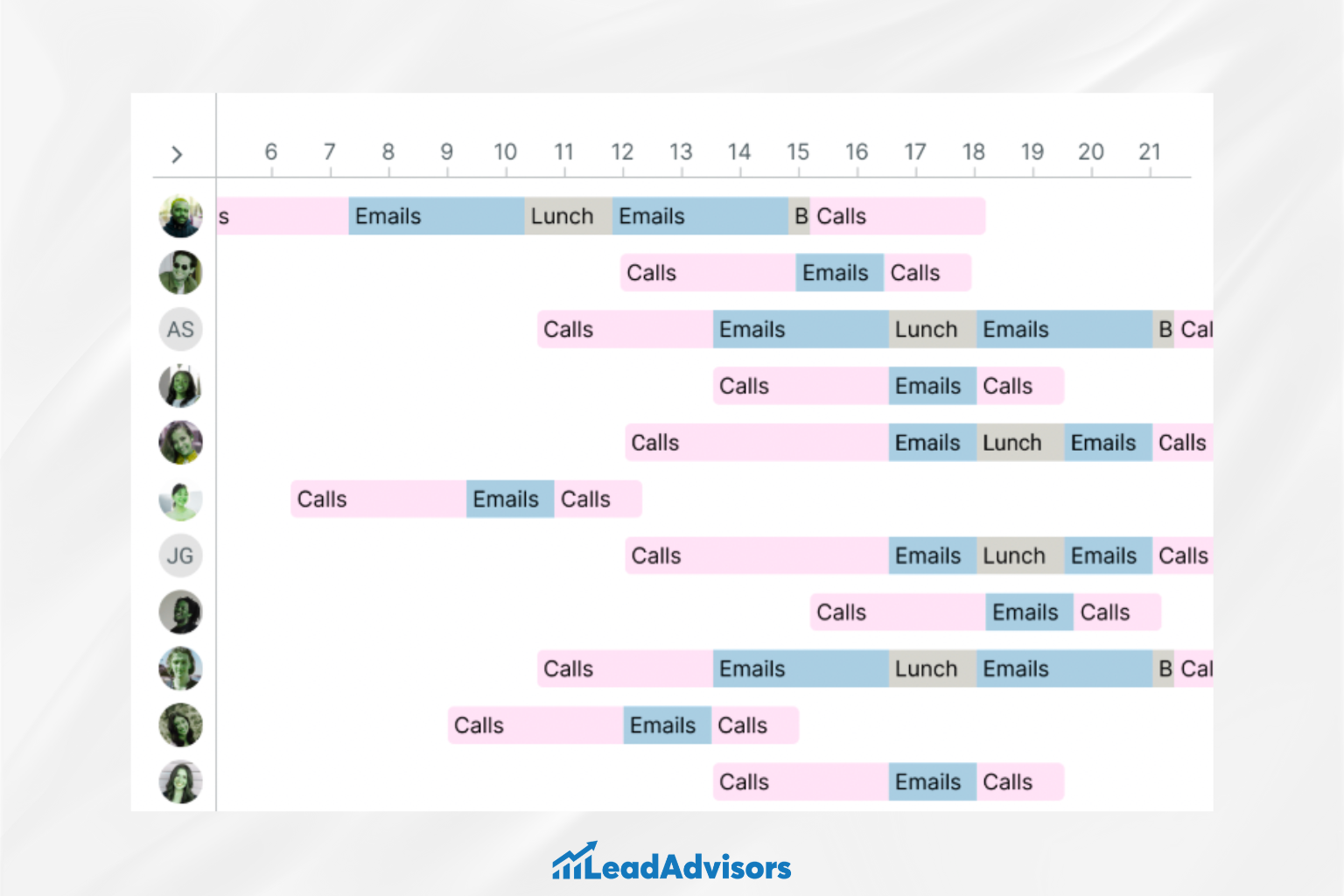
Now that you have your forecast, it’s time to create your schedule.
However, a good employee scheduling process involves more than simply plugging in time slots. You’re also juggling phone calls, emails, chats, and maybe even DMs. A fair schedule considers agent preferences, skill levels, and your busiest hours so everything runs smoothly and no one feels overwhelmed.
Agents are happy, customers are happy.
C. Assigning Agents
Here is where things get strategic.
Instead of simply throwing agents at queues, you use skills-based routing to match the right agents to the right work. Have a family member who’s a whiz at billing problems? Put them there. Are you good at troubleshooting tech? Route them accordingly.
Products like shift bidding and self-scheduling empower agents, which is good for work-life balance and reducing turnover.
D. Intraday Management
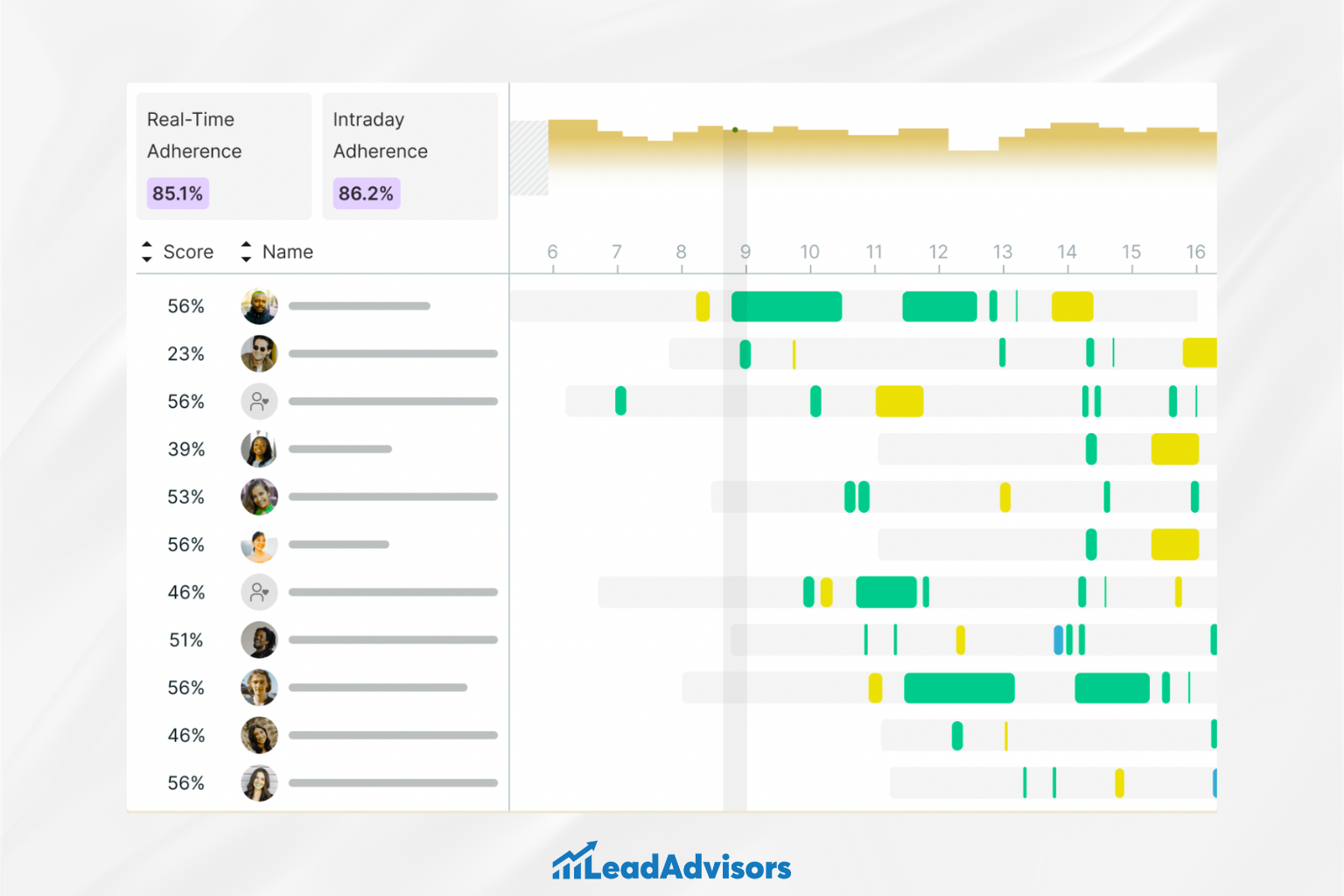
Real life happens, even with the best plan.
An agent could raise a shout, and traffic might surge. Here’s where intraday management comes in – it gives you the capability of making in-the-moment adjustments without the madness.
Everything appears in live dashboards, so you can keep track of agent availability, adherence, and performance and ensure that nothing falls through the cracks.
HeyCX Mention:
“Leveraging real-time visibility is key for successful intraday workforce management. Platforms like HeyCX offer centralized solutions with live dashboards and client portals, allowing supervisors to manage operations and respond quickly to shifts in demand seamlessly.”
Workforce Management Best Practices (2025 Edition)
Leading a call center in 2025? Whole new ballgame, yeah.” More channels, higher customer expectations, and hybrid teams – you need strategies that work in the real world. So let me share some best practices for keeping your workforce management strategy sharp, nimble, and future-proof.
1. Keep an Eye on Daily Adherence
Ever try to set up the perfect schedule, then watch it crumble by noon? And that’s where daily adherence monitoring comes to the rescue. It tells you if agents are adhering to their shifts and where things are going wrong, in real time.
Live dashboards and intraday management tools help you stay in line with forecasts, which is especially tricky when you’re dealing with multiple channels and calls per hour.
2. Let AI Handle the Forecasting (Seriously)
Prediction felt like semi-educated guesswork. But with AI-based forecasting, you can also now plan around seasonal spikes, product launches, or, believe it or not, social media.
And if you’ve ever played the “what-if” game – Let’s test a new promo? What if our best spy goes on vacation? Scenario planning allows you to prepare ahead of time. Less scrambling. More control.
3. Work With Other Teams, Not Around Them
And here’s the thing: Workforce management is no longer only your team’s job. When WFM, HR, and customer experience (CX) come together, you can make smarter hiring decisions, deliver better training, and create a more connected strategy.
Cross-functional cooperation enables you to pair agents with the best-fit capabilities at that point in time, resulting in superior agent performance and improved customer experience.
“Modern WFM strategies increasingly prioritize unified platforms that streamline agent management and client communications. HeyCX enables teams to centralize real-time client updates, campaign-specific call scripts, and QA processes, making workforce management far more cohesive and efficient.”
The bottom line? By implementing these best practices, your call center workforce management will be significantly more agile and aligned and just steps away from whatever 2025 could bring.
Benefits of Effective Workforce Management
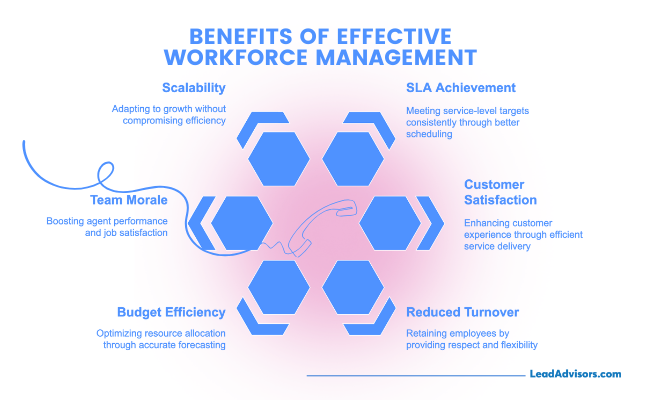
When you have your workforce management on lock, it’s not just less of a hassle (although hey, there’s that). In fact, you’ll see real results in your team, your customers, and your profits. These are the notable advantages of effective workforce management:
Here’s what happens when you get it right:
You crush your SLAs
You need no longer stress out over forgotten targets. With better scheduling and real-time transparency, you can also respond quickly and consistently, meaning you consistently meet those service-level targets.
Your customers feel it
When the right agents are in the right place at the right time, things just flow, which translates to fewer awkward pauses, more effortless flow, and ultimately, much better dips in customer satisfaction scores.
Less turnover, less training chaos
When agents are treated well, given respect, consistent shifts, and plenty of flexibility, they’re far more likely to stay. That means less burnout, less turnover, and much lower training costs.
Your budget works smarter, not harder
If you know how many calls will come in and when, you can smartly schedule so you’re never over or under the mark. This allows you to operate on a tight budget without scrimping on quality.
Your team vibes get stronger
But when all systems are going well, agents feel supported and empowered. Over time, this also leads to better agent performance and a significant boost in job satisfaction.
You can scale without stress
A good workforce management solution is scalable and able to grow with you. Whether you’re growing wildly or processing a quiet quarter, your team remains nimble, prepared, and on top of matters.
The takeaway? Good call center workforce management isn’t an optional extra—it is the bedrock of a successful, future-proofed operation.
Whether you’re scaling your in-house team or exploring call center outsourcing as a growth lever, solid workforce management ensures you’re resourced properly without sacrificing performance.
Key Workforce Management Metrics to Track
If you want your workforce management strategy to achieve actual success, you’ll definitely want to keep an eye on the metrics that matter the most. These are not just stats on a dashboard; they’re KPIs of how good your team is performing, how smoothly your operation is running, and how happy your customers are.
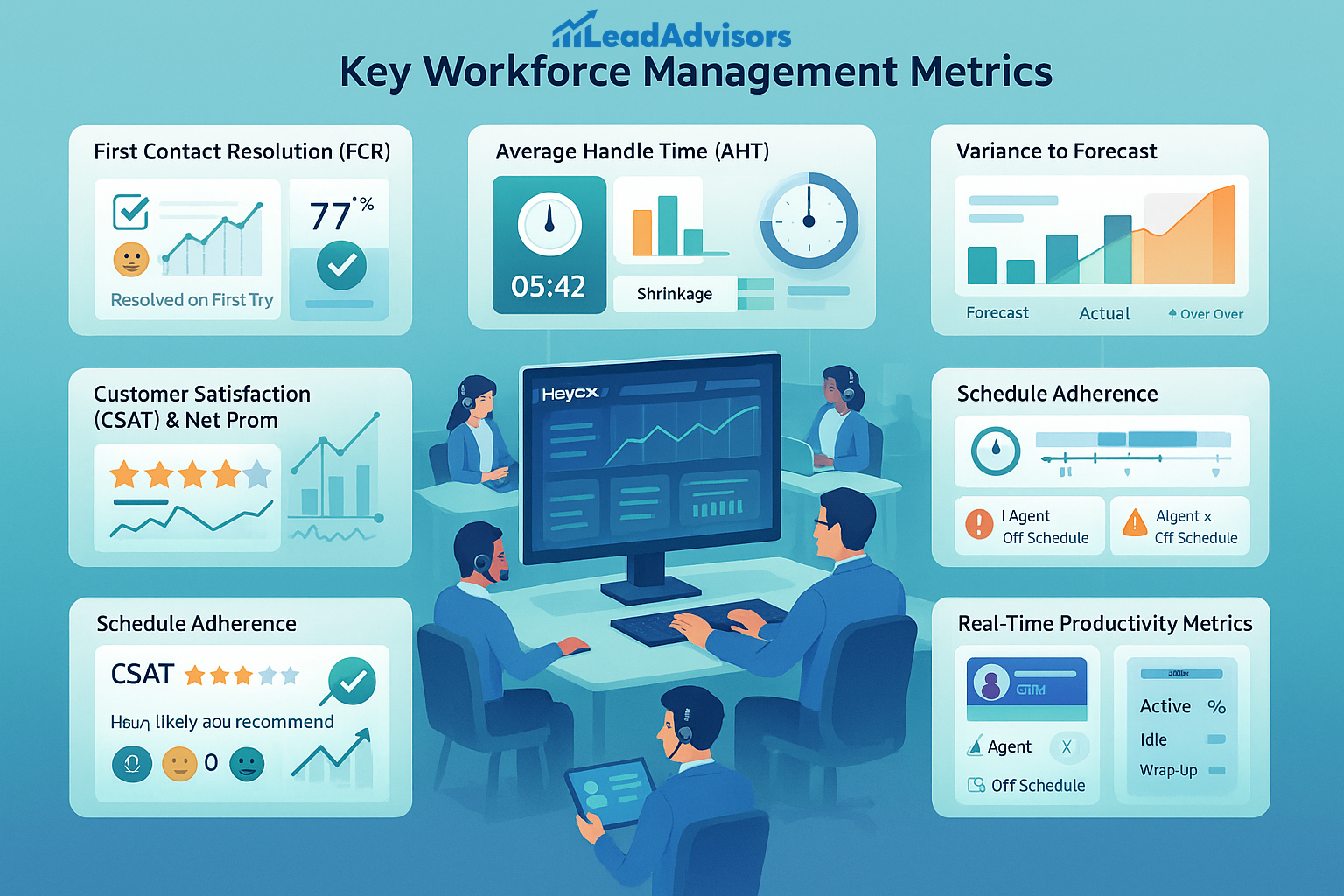
Here are the key KPIs every contact center manager should be tracking – and what they actually tell you:
First Call Resolution (FCR)
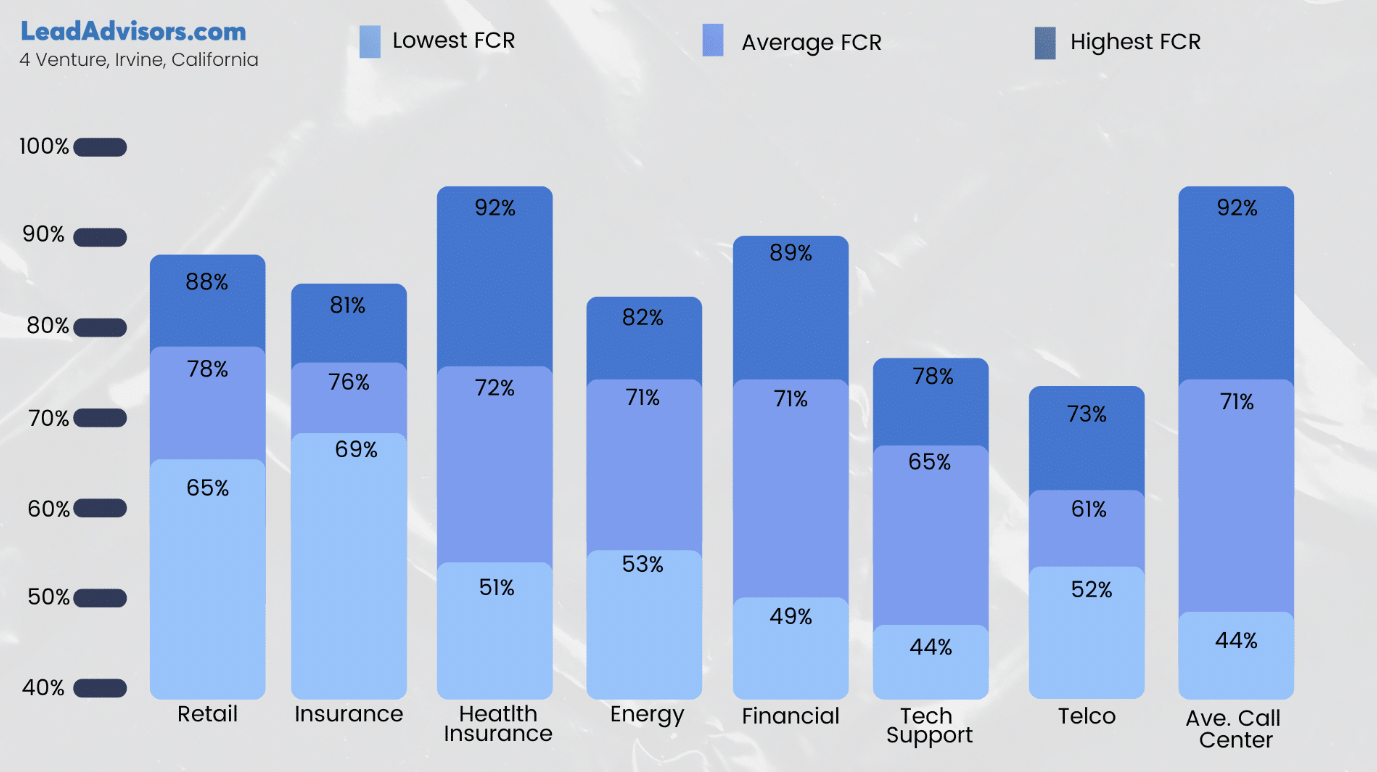
What it is: The percentage of issues resolved within the first interaction (no callbacks or follow-up calls).
Why it matters: When FCR is high, your agents have what they need to solve problems quickly and neatly at their fingertips. This leads to customer satisfaction and smooth operations that prevent your queue from slowing down. Low FCR? That’s a red flag that agents could use more training or better resources.
Average Handle Time (AHT)
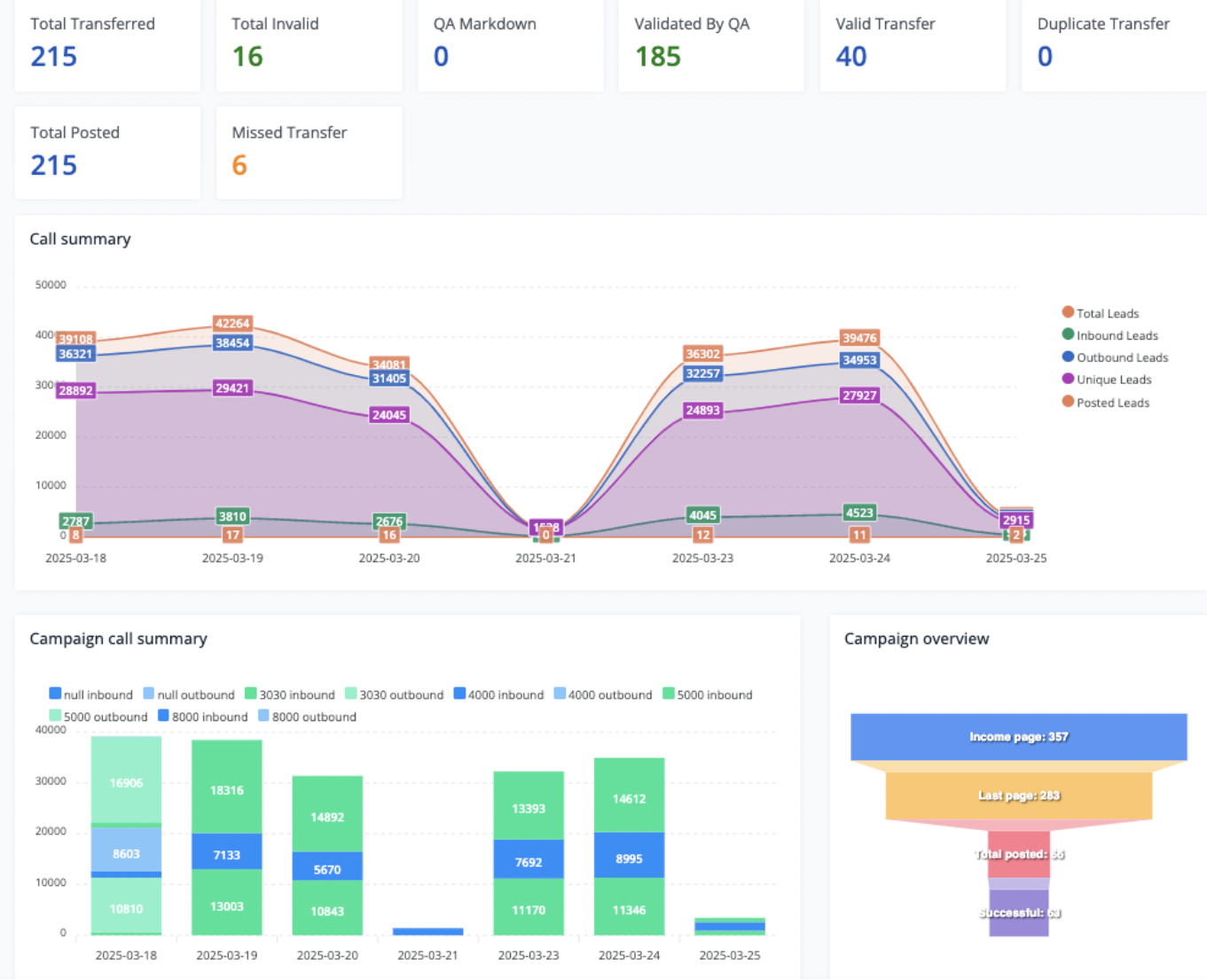
What it is: Measures the average length of time it takes an agent to complete a single customer interaction from initiation to completion.
Why it matters: You want to get this right. If it is, agents may just be hurrying too much. Too long? Unable to recover, however, could be a signal of inefficiency or incomplete knowledge. Tracking AHT allows you to optimize your agents’ performance and the customer’s experience as a whole.
Shrinkage & Occupancy Rates
Shrinkage: How long are agents on the clock but unavailable to receive phone calls due to meetings, training, breaks, etc?
Occupancy: The time agents are actually working on calls versus waiting for one.
Why it matters: These are key numbers to monitor for staffing levels. High shrinkage can mean that you’re covering less work than you realize, and low occupancy could mean overstaffing. The sweet spot is a happy medium where agents remain productive but not swamped.
Variance to Forecast
What it is: Compares your projected staffing need or call volume with what actually took place.
Why it matters: If your variance is low, you know that your AI forecasting and planning are right on target. High variance indicates that you’re either over- or understaffed, which can result in missed service levels or wasted labor hours. It’s one of the highest-return drivers for improving future scheduling.
Customer Satisfaction (CSAT) & Net Promoter Score (NPS)
- CSAT: The raw feedback from customers on how happy they were with an individual interaction.
- NPS: Measures the overall loyalty of customers — how much someone would recommend your business to others.
Why it matters: These are your brand perception canaries in the coal mine. Tracking both is important not only to understand the quality of service provided but also to measure how effective your contact center workforce management solutions are in supporting the bigger picture – customer experience. Additionally, monitoring related metrics like the call abandonment rate helps identify friction points that directly impact satisfaction and loyalty.
Additionally, monitoring related metrics like the call abandonment rate helps identify friction points that directly impact satisfaction and loyalty.
Schedule Adherence & Real-Time Productivity Metrics
What it is: Monitors whether agents adhere to their assigned schedules and remain productive over the course of their shifts.
Why it matters: Compliance plays a role in everything from wait times to morale. Tools for real-time monitoring mean you can spot trends early — whether it’s that someone’s falling behind and needs help, or seeing who needs support, allowing you to keep your team aligned and performing.
Pro Tip: Platforms like HeyCX make this easy with live dashboards that give supervisors real-time visibility into adherence, availability, and agent activity—no micromanaging required.
TL;DR? Not only are they numbers, but they are also the indicators of your call center workforce management heartbeat. Consistently track them, figure out trends, and make them go to work to make smarter decisions every single day.
Choosing the Right Workforce Management Software
Let’s be honest – picking the right workforce management software can make or break how your call center runs. If you’re trying to hit your service levels, manage staffing costs, and scale up without chaos, the tools you use need to do more than just schedule shifts.
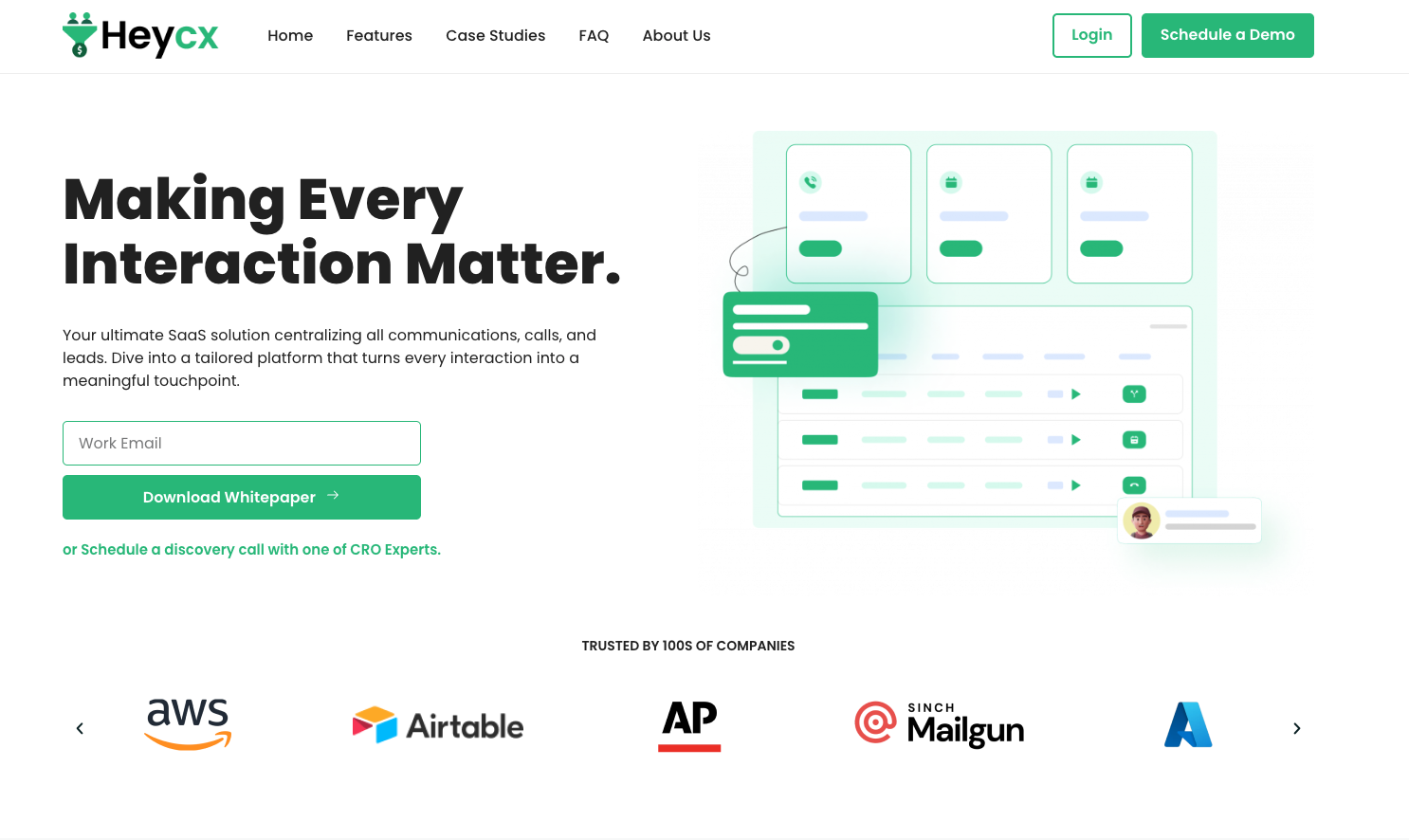
In 2025, great WFM software should feel less like another system and more like the control center of your entire operation.
Here’s what you’ll want to look for:
AI Forecasting & Dynamic Scheduling
Customer demand changes fast, and you need software that anticipates it. AI-powered forecasting helps you stay one step ahead by predicting trends based on real-time data, not just past patterns.
Pair that with dynamic scheduling, and you’ve got a setup that adjusts in real time, keeping your center workforce management lean, accurate, and always ready.
Real-Time Agent Monitoring & Dashboards
Your supervisors need to know what’s happening right now. Live dashboards let them track adherence, occupancy, and agent performance in one place.
This kind of performance management gives your team the power to adapt quickly during peak hours or unexpected traffic spikes.
Self-Service Agent Portals
Give your agents some control, and they’ll give you their best. Self-service features like shift bidding, availability updates, and schedule swaps not only improve morale but also help with retention.
It’s a win for flexibility, transparency, and creating a more human-centered workforce management strategy.
Integration with CRM & Omnichannel Systems
Your WFM software should work well with everything else—your CRM, helpdesk, chat systems, and more. The goal? One connected ecosystem that supports better first-call resolution, smoother workflows, and less tech frustration.
HeyCX Mention
“Choosing a future-ready workforce management platform means integrating not just operations, but communications and real-time data. HeyCX offers an all-in-one solution that bridges scheduling, quality assurance, client interaction tracking, and internal workflow automations—perfect for scaling modern contact center workforce management.”
Bottom line? The right call center workforce management platform should simplify your life, not add more noise. It should help you lead smarter, support your agents better, and drive results without the guesswork.
Future Trends in Workforce Management for Call Centers
AI is already transforming the way forecasting works — not just predicting volume but driving proactive staffing decisions. Explore more on how artificial intelligence is shaping call centers and making them smarter, faster, and more personalized.
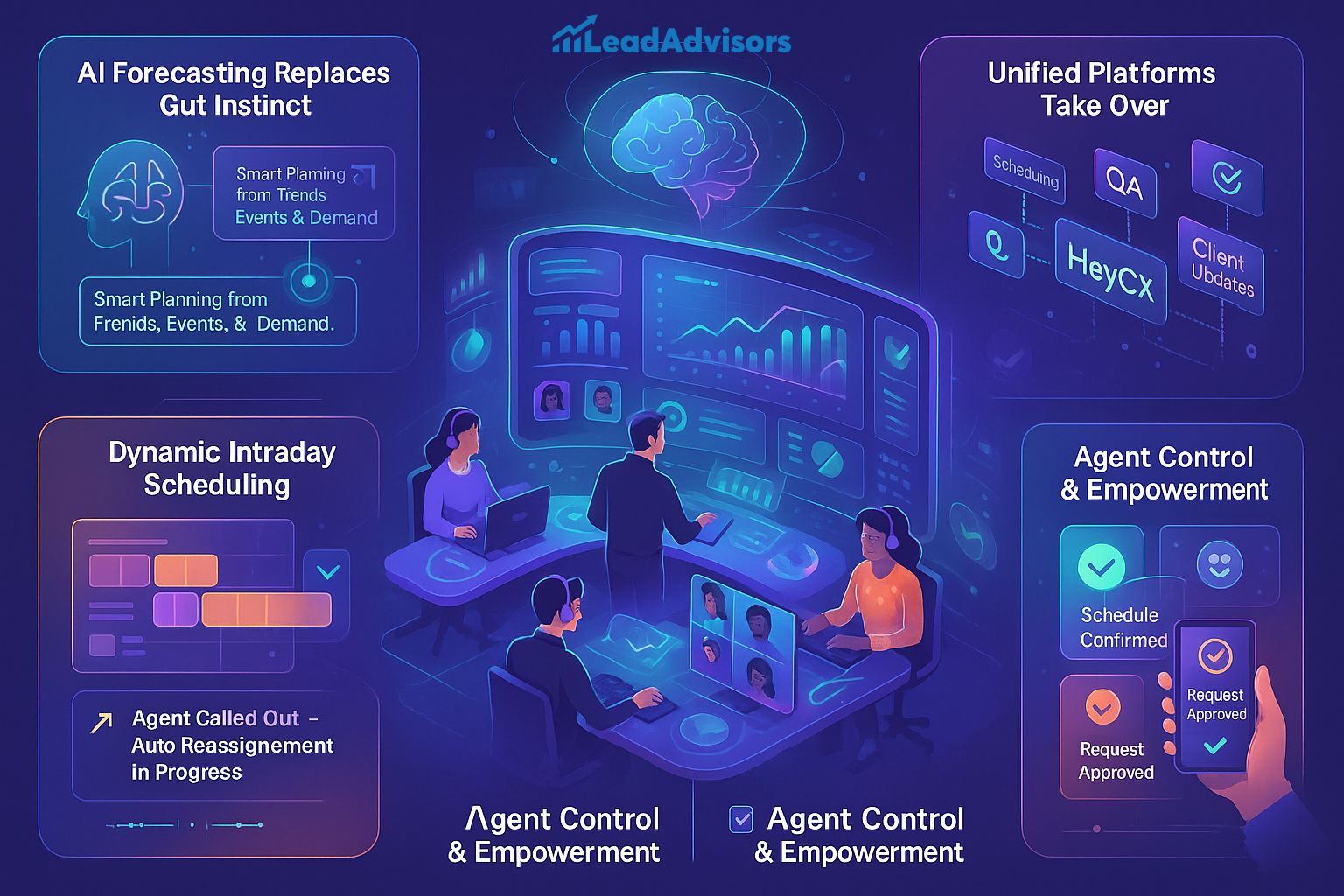
Here’s what’s shaping the future:
AI Forecasting Is Replacing Gut Instinct
Forget guessing. AI is replacing forecasting – and doing a great job at it. These tools will mine your historical data, track current trends, and maybe even outside events to help you plan better. The result? Less surprising, fewer staffing hiccups and way less scrambling last minute.
Intraday Scheduling Goes Dynamic
With dynamic intraday management, you make real-time adjustments to what’s actually happening, from a sudden spike in call volume to an agent calling out. It keeps your team responsive and your service levels on point.
Agents Want – and Get – More Control
Today’s agents are looking for more than just hours; they want a voice. And now they’re getting it. Instead, features such as shift bidding, availability updates, and self-service tools allow agents to manage their schedules. It’s a key move toward improving employee satisfaction and reducing turnover.
Unified Platforms Will Rule the Floor
Wrestling to coordinate it all under five different systems? That’s out. Platforms such as HeyCX are trailblazing by consolidating the scheduling, QA, performance tracking, and client updates all in one place. It is streamlined, cutting-edge, scalable, and precisely what center workforce management demands.
The bottom line? Contact center workforce management is flexible, smart, and driven by the people who manage it, not the other way around – the agents and the leaders. If you’re ready to work smarter, not harder, the future has already arrived.
FAQs
What is workforce management in a call center?
Why is workforce management important for contact centers in 2025?
What tools are commonly used in workforce management solutions?
How does AI improve call center workforce management?
What is the role of shift bidding and self-scheduling in WFM?
Conclusion
After all, if Covid-21 taught us anything about running a call center in 2025, it is this: effective workforce management is essential.
It’s how you keep up with demand, support your team, and make work-smart changes on the fly that indicates you’re elite. And frankly, it’s more than just managing chaos—it’s about establishing consistency, instilling confidence in your users, and, for your agents, making life easier.
Whether it’s AI-driven forecasting, self-service tools, or real-time dashboards, the call center workforce management of the future is all about becoming more agile, more human, and more in tune.
So if you’re upgrading your existing setup or starting from scratch, now’s the time to invest in tools that do the work for you — and for your teammates.
Looking to revolutionize your workforce management strategy?
Check out how HeyCX can take your operations to the next level with real-time client portals, campaign-specific workflows, and dynamic scheduling that adapts as fast as your contact center moves.





